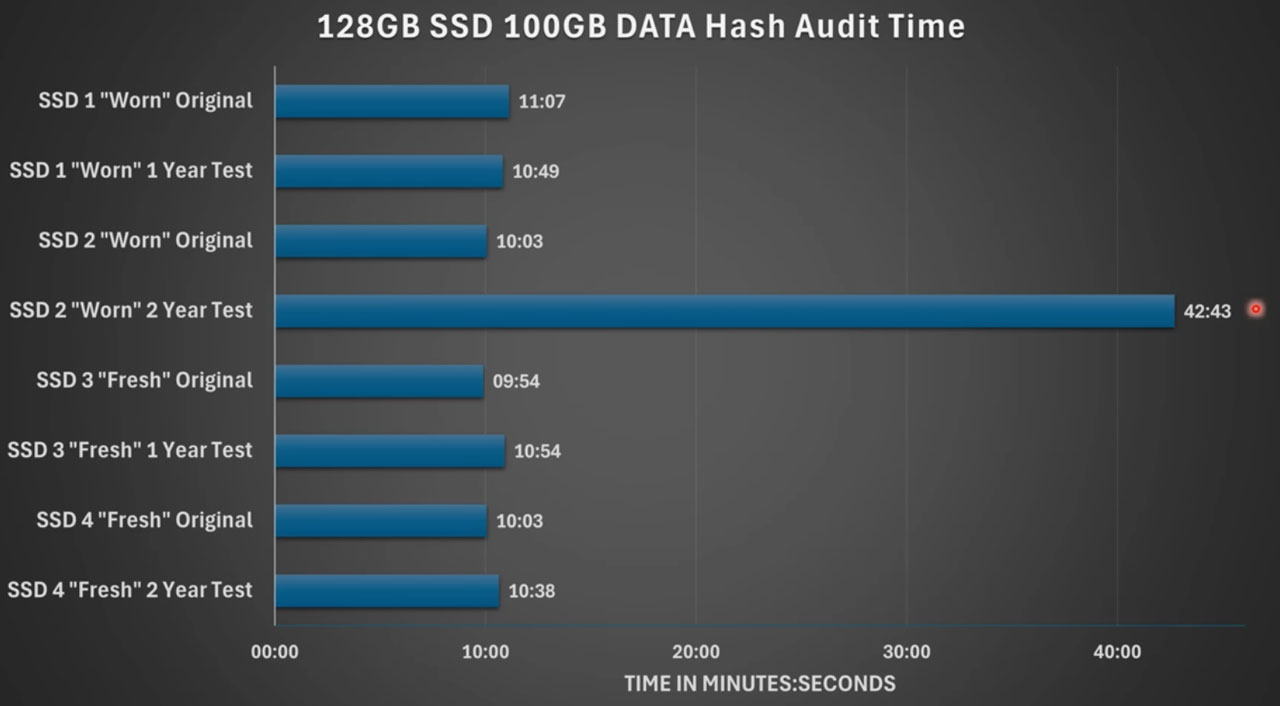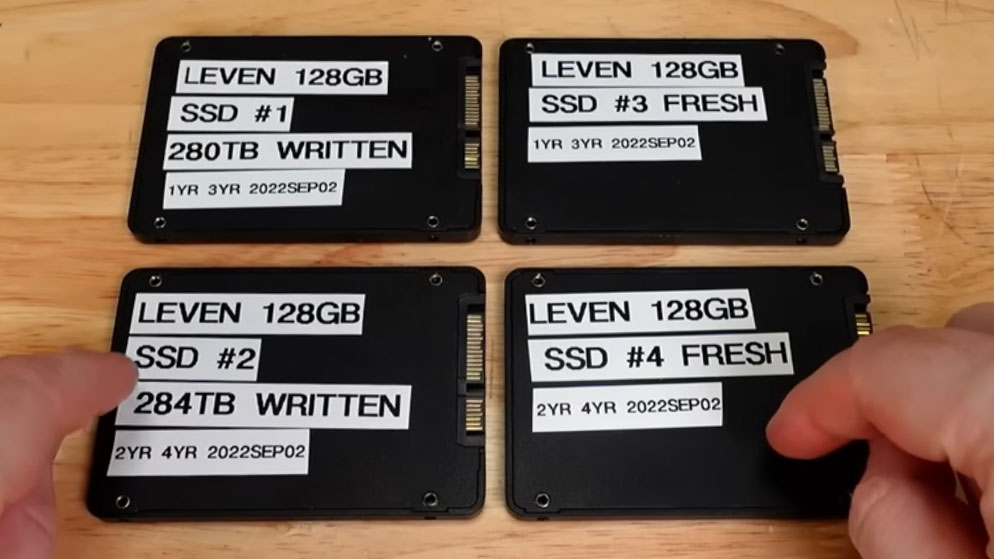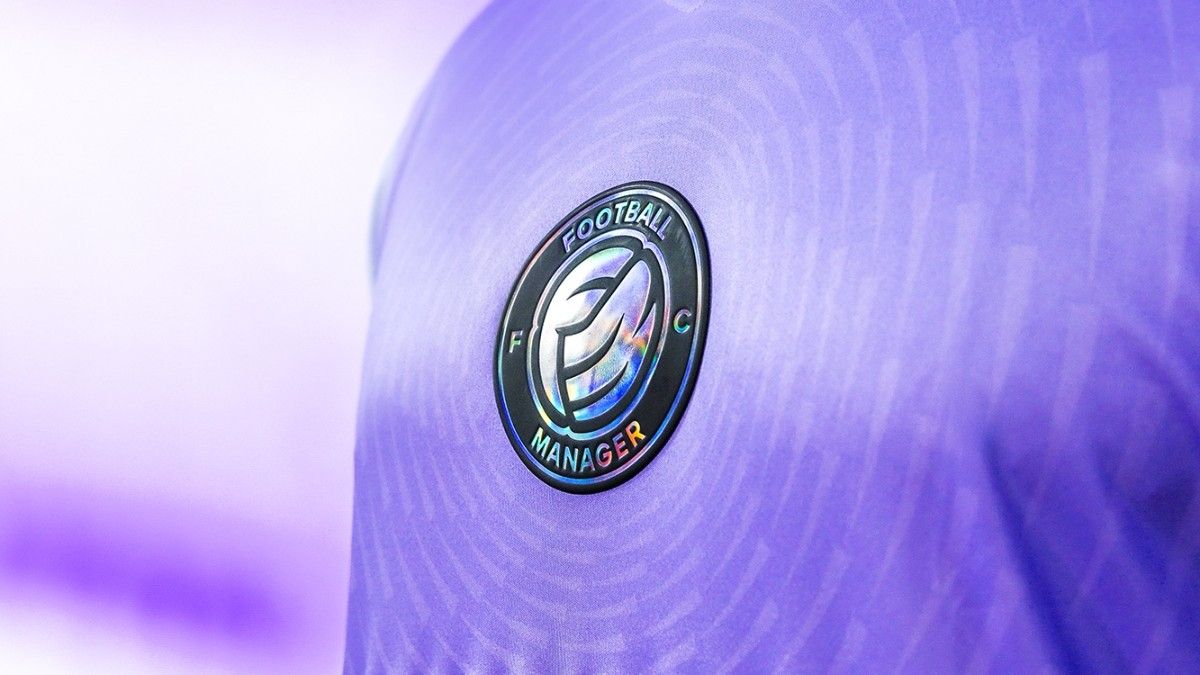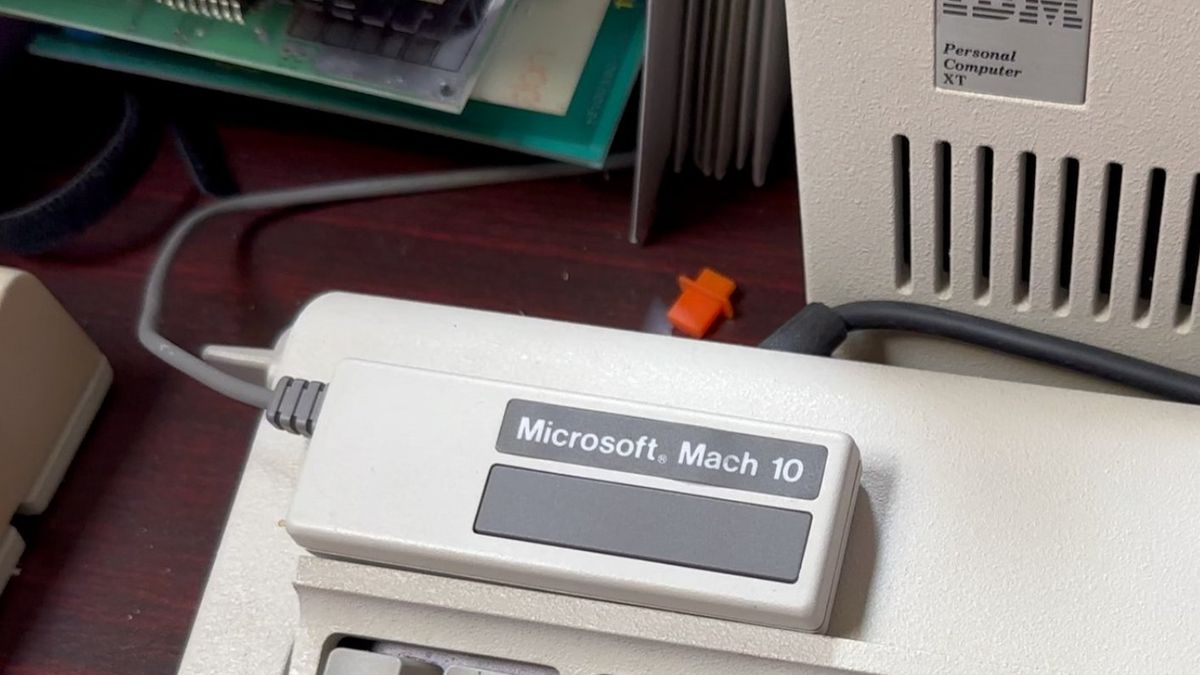You may not know it, but SSDs will lose data after a period of time if they are simply left unplugged, which can be a serious threat to your data if you store backups or precious files on unplugged SSDs. A year-two update on the how long can SSDs store data unpowered video series is another reminder about the importance of regularly refreshing your backups with a bit of juice. The tests consist of storing data on an SSD and then leaving it unplugged for years to see the impact on the stored data.
As a reminder, an SSD's endurance rating is calculated based on how long it can store data if left unplugged after a certain amount of data has been written, hence the importance of this testing.
TechTuber HTWingNut is back with a report on his modest experiment involving a quartet of SATA SSDs. The key finding was that the two-year-old, well-worn drive exhibited noticeable performance degradation and was affected by a handful of corrupt files. These are signs that this particular SSD was on its way to silicon heaven. HTWingNut's video is an update on an episode from a year earlier, and further updates are promised.
How Long Can SSD Store Data Unpowered? Year 2 Update - YouTube

The four tested 'Leven JS-600' branded SSDs are basically bog-standard no-name units. HTWingNut says they are all TLC SSDs of 128GB capacity and rated to withstand 60 TB of written data. Every drive has 100GB of files containing random data, with hash values for all the content provided for later verification.
The two 'Fresh' samples have barely been used; perhaps only the 100GB data set was put on there and verified, and that's it. Meanwhile, the 'Worn' drives have been subjected to 280 terabytes of written data churn, much more than their rated 60 Terabytes Written (TBW) endurance rating..
If you watch the previous year-one video, you will have seen there were no issues with either 'Worn' or 'Fresh' drives. However, time has now taken its toll. Let's take a look at the year-two samples in turn.
'Fresh' SSD tests
The data on this SSD, which hadn't been used or powered up for two years, was 100% good on initial inspection. All the data hashes verified, but it was noted that the verification time took a smidgen longer than two years previously. HD Sentinel tests also showed good, consistent performance for a SATA SSD.
Digging deeper, all isn't well, though. Firing up Crystal Disk Info, HTWingNut noted that this SSD had a Hardware ECC Recovered value of over 400. In other words, the disk's error correction had to step in to fix hundreds of data-based parity bits.
Seeing these errors means "the SSD is on its way out," according to HTWingNut. Indeed, if there is anything iffy about your data storage integrity, it is at least a warning. However, the errors could also have something to do with the drive being left unpowered for two years.

'Worn' SSD tests
As the worn SSD's data was being verified, there were already signs of performance degradation. The hashing audit eventually revealed that four files were corrupt (hash not matching). Looking at the elapsed time, it was observed that this operation astonishingly took over 4x longer, up from 10 minutes and 3 seconds to 42 minutes and 43 seconds.
Further investigations in HD Sentinel showed that three out of 10,000 sectors were bad and performance was 'spiky.' Returning to Crystal Disk Info, things look even worse. HTWingNut notes that the uncorrectable sectors count went from 0 to 12 on this drive, and the hardware ECC recovered value went from 11,745 before to 201,273 after tests on the day.
Some takeaways
In summary, the year-one fresh and well-worn drives had no issues. However, the year-two heavily worn SSD had file corruption and performance was poor. The so-called fresh drive was still good, but ECC figures still raised concern. Come back in late 2025 for the next update from HTWingNut.
We also want to say this is a very small test sample, highlighted out of our interest in the topic rather than for its hard empirical data. I have also experienced SSD data loss after leaving a Mini PC unpowered for just six months or so at my pied-à-terre in Taiwan. On return, Windows refused to boot or be repaired, but a reformat and reinstall seemed to return everything to normal.

 6 months ago
122
6 months ago
122








 English (US) ·
English (US) ·